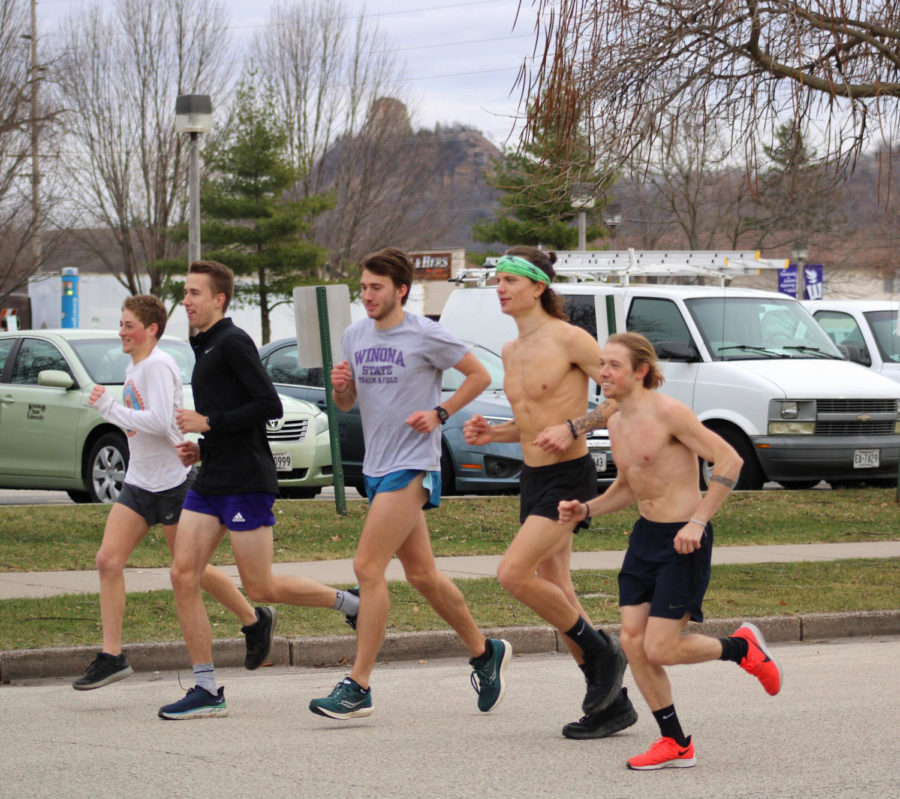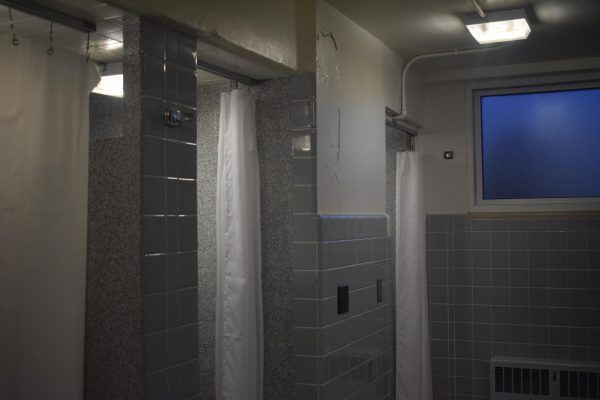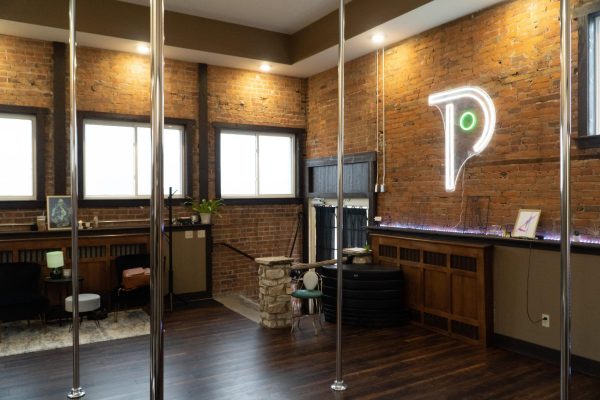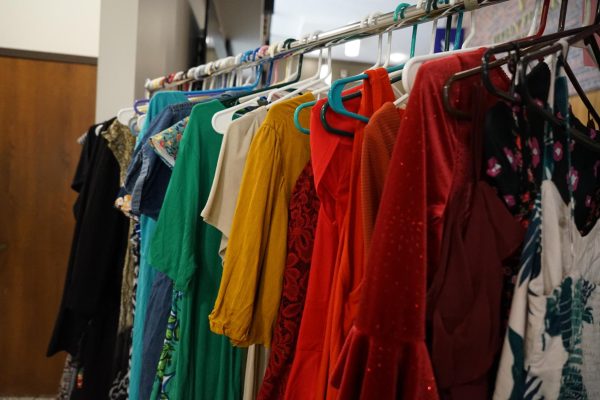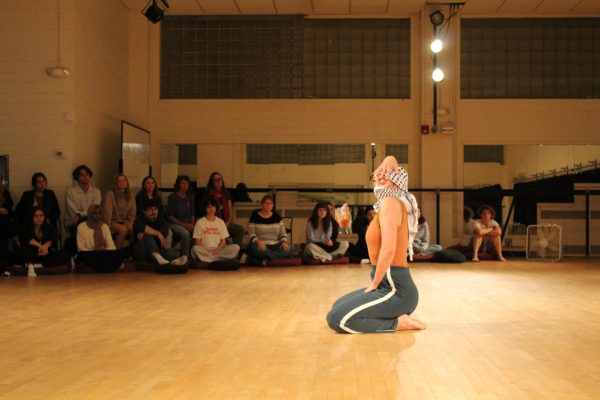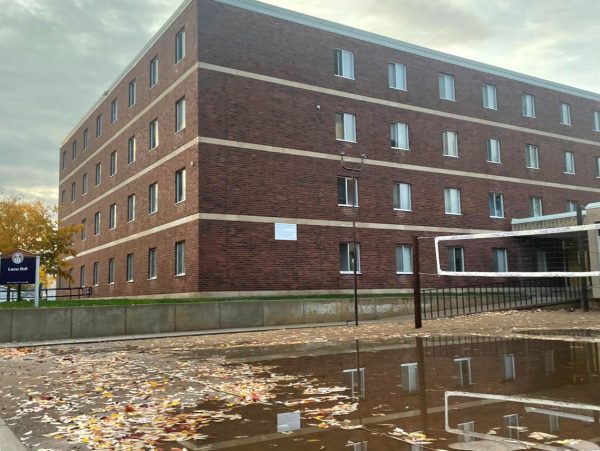COVID-19’s impact on student and staff nutrition
Winona State Boy’s Cross Country team on a cool down workout on March 25, 2021. ( Left to Right ) Mitchell Johnson (freshman), Brady Omtvedt (junior), Mitchell Buerkle (freshman), Micah Warning (senior), and Wyatt Taylor (junior).
March 31, 2021
Both students and staff alike at Winona State University say COVID-19 has changed their nutrition and eating habits.
Even with more time to cook new meals and an abundance of recipes, both students and faculty have struggled with consciously choosing healthy meals and consistency in doing so.
Janet Macon, an instructor at Winona State for the past nine years and registered dietitian, hears from students in and out of her classroom that consistent healthy habits are hard to maintain.
“Students are munching on snacks while in classes or studying and not having normal activities in their life can be detrimental in basically every dimension of health,” Macon said.
Eating out frequently puts students at a greater risk of unhealthy and unintentional weight gain. Restaurant meals contain more calories, sodium and added fat in larger portion sizes. Even in the best efforts to eat healthy, eating out leads to unconscious, higher caloric intake and may include health ramifications, such as high blood pressure.
“For example, if you prepare healthy meals for yourself at home and you were to go out to a restaurant and try to recreate the same meal, it’s going to come back to your table with more calories because of larger portions sizes and added fat,” Macon said.
Kent Hansen, an associate professor of health sciences at Winona State, thinks the main reasons students do not eat healthy is students do not consider the health consequences of their decisions, and it’s harder to see the possible health ramifications of eating out when a student is young and seemingly healthy.
“It’s not in the forefront of their minds,” Hansen said. “When you start getting older and things start creeping up on you, you start feeling less well all the time. These things are more at the forefront of your brain than when you were younger.”
Hansen and Macon both teach the class nutrition for lifetime. They note they are not simply teaching students to eat healthy, but to make healthy, practical choices.
“Everyone knows that an apple is different from potato chips, so the teaching doesn’t always have to be there,” Hansen said.
For some students, daily nutrition didn’t change drastically. Dani Bina, a fourth-year student studying marketing with a minor in Chinese, said COVID has had little impact on her nutritional habits.
“Sometimes we might substitute food here and there, but it wasn’t like we never had vegetables available,” Bina said. “I’m not counting calories, but I also don’t eat junk food all the time. Since the CDC allowed grocery stores to be open, I would still go and plan what I needed before I went.”
Jarred Schmitt, fourth-year accounting major, said he focuses on eating healthy because staying physically active has been harder with gyms being closed.
“I have been eating healthier since COVID-19 because it’s hard to do home workouts and get the same results, so it’s more important to be conscious of your nutrition,” Schmitt said.
Schmitt lives on campus and consciously picks the healthier options, but with cafeteria food, it is harder to make sure a student hits their nutritional needs.
“It’s not hard to get a healthy meal, but it may not be the most desirable meal, for sure,” Schmitt said. “You can’t count your macronutrients or calories as easily if you’re wanting to take nutrition that seriously.”
Many college students use DoorDash, a food delivery service, especially during COVID to limit exposure but for students like Schmitt, without a large discretionary income before the return to fall semester, it’s expensive to pay for delivery.
“I’ve always been someone who would rather pick up food than get it delivered,” Schmitt said. “But also with COVID-19, I didn’t work a whole lot in the summer because restaurants were closed, and I don’t have a lot of money to eat out all the time or pay for delivery.”
Logan Rupnow, a second-year student movement science major entering the athletic training graduate program this summer at Winona State, said COVID tempts students to eat unhealthily, especially without regular access to a kitchen.
“I’ve seen it easy to fall into a trap, like, ‘okay, I’m just going to slide through the drive-thru, and it’ll be quick,’” Rupnow said. “But I think students have learned to overcome simply eating fast food. People have tried new recipes and incorporated more fruits and vegetables into their diets.”
Liz Schwanke, first-year admissions counselor, comments that when she was attending Winona State, microwavable mac and cheese, ramen noodles and Red Bull were convenient choices. Stocking up on easy food to store in a mini-fridge or the dorm shelf can be more reliable than the dining hall during a pandemic.
“I think COVID has enhanced students’ fear of the dining hall and most healthy foods aren’t convenient, it seems like, or it’s difficult to find time to shop for it because the organic spinach will go bad before the chips will,” Schwanke said. “When I moved to East Lake, I had a kitchen and bought groceries. I feel like eating unhealthy food is part of the traditional style of living.”























































